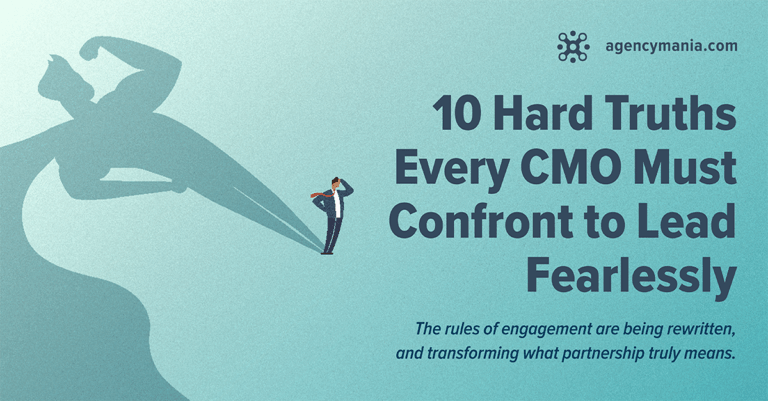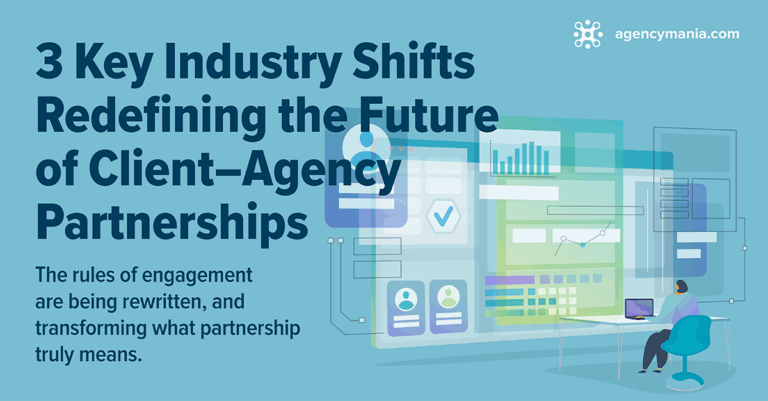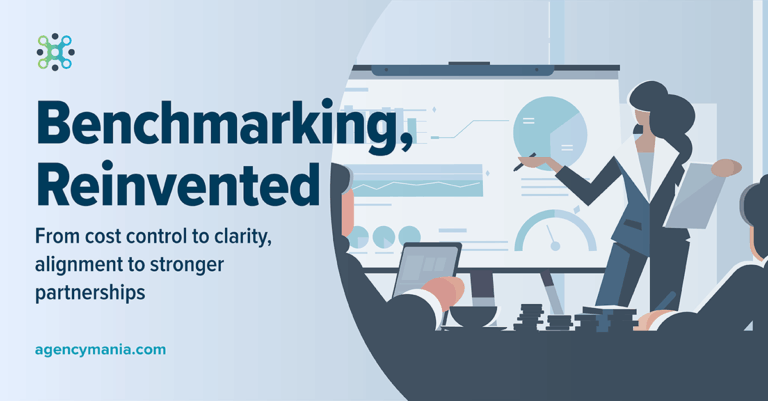Download a print-friendly version here
How to Avoid a Deadly Mexican Standoff with Your Agency
“How did we get ourselves in this situation in the first place?” you might wonder. You are not alone. Brand advertisers often get themselves into a dead-end situation with their agencies: they are not getting the type of performance they need and legitimately expect. No one can figure out why an award-winning agency is unable to consistently deliver great work as it has apparently done many times for other clients. Both the agency and client find themselves in a sort of disastrous Mexican standoff where no party can proceed or retreat without being negatively exposed.
Sounds all too familiar? Over the years, I’ve had the opportunity to collaborate with some of the most successful brands on removing roadblocks that get in the way of outstanding work and to make sure these vital relationships thrive. Here are five ways to set up yourself and your agency for continued success and turn these relationships into real partnerships that keep delivering:
#1: Align on Goals
Too often, agencies jump into assignments without the benefit of having a more holistic picture of the client objectives. It undermines the agency’s ability to think outside of the box or even challenge assumptions in the brief as it lacks a comprehensive understanding of the big picture objectives these activities and initiatives are ultimately contributing to. When clients involve all their agency partners — large or small — to goal alignment discussions or annual planning meetings, they end up with a more engaged and better strategic partner.
#2: Align on Success Metrics
Once client objectives are well understood, it is equally important to get alignment on the key performance indicators (or KPIs) used to assess and improve the work done by the agencies. Most brand advertisers have already established a robust set of success metrics for their marketing organization, including a clear taxonomy and set of parameters (how often KPIs are reviewed, the source of the data, how KPIs are prioritized or weighted, etc.). These metrics are often used in performance-based compensation agreements.
#3: Align on Mutual Expectations
The “why” (objectives) and “what” (KPIs) are essential to having both parties working together most effectively. Setting clear expectations about “how” the relationship will be managed and the work will be conducted allows all roster agencies to harmonically respond to the unique cultural and organizational needs of the client. It also guarantees that expectations from the agencies are well understood and met by the client. Some advertisers will articulate and document these guiding principles in a sort of service-level agreement (SLA) as an addendum to the contract or as a stand-alone document.
#4: Align on Processes and Responsibilities
Sustained business pressure and the need to respond quickly to ever-changing market conditions have required marketing organizations to operate resourcefully to get maximum output with limited resources in a timely manner. In other words, clients must produce more with less and do so faster than ever before. There is no room for waste, redundant processes or confusion about who does what. Working with agencies requires streamlined joint processes that allow work to be kicked off, produced, reviewed and approved efficiently. Having clear roles and responsibilities is particularly important as most advertisers have a diverse roster of agencies fulfilling various tasks (in creative, media, digital, PR, retail, experiential, etc.) that must be coordinated for the work to land in the most integrated and synergistic way.
#5: Align on Financials
The nature of the financial agreement reached between a client and its agency partner will provide great insight on the type of relationship the two parties are seeking to build. The financial terms will either contribute to healthy behavior in the relationship or become a likely source of distraction and unnecessary tension. Popular performance-based agreements put more emphasis on outcomes and reward the agency financially for great work that delivers strong results. However, if those are overly complex or not designed properly, they can fail to accomplish what they are intended to do.
Seeking alignment on these various dimensions of the client/agency relationship is not just common sense; it is instrumental to establish the type of foundation on which the partnership can flourish. Clients might be tempted to jump into a new relationship with an agency without applying this level of consideration and rigor. Yet, they end up getting far less value for their investment and suboptimal work. Should the relationship deteriorate and end up in a Mexican standoff, defuse the tension and start over. A win-win situation with your agency is the only way to really win.







